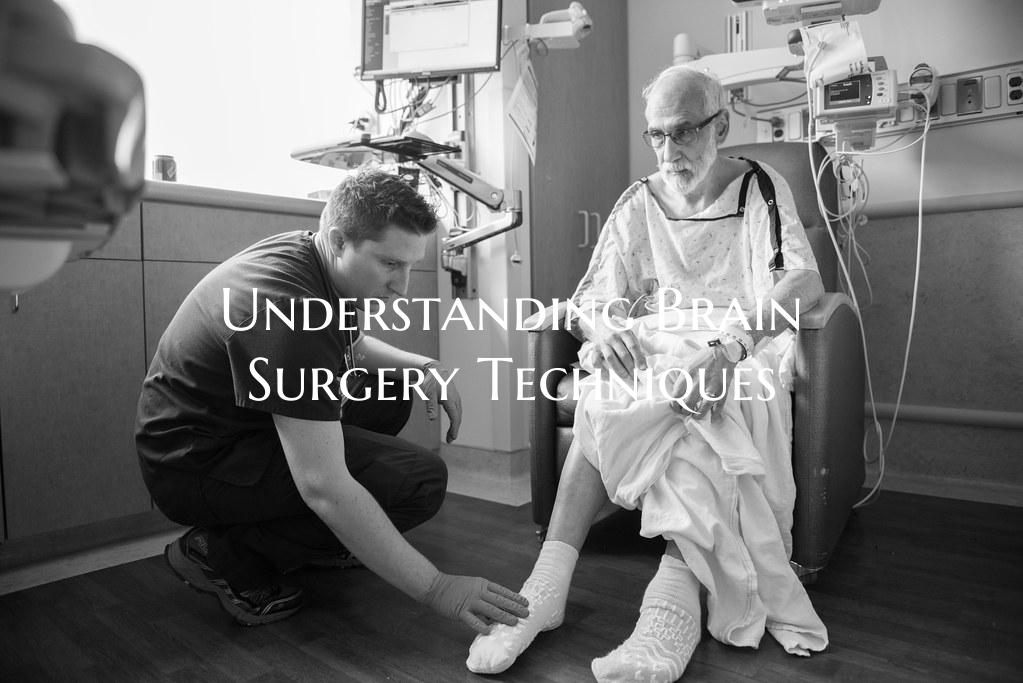
Understanding Brain Surgery Techniques
Introduction: Brain surgery, or neurosurgery, is a complex and intricate medical procedure that requires specialized skills and precision. Over the years, advancements in medical technology and techniques have significantly improved the outcomes of brain surgery. Understanding the various techniques used in brain surgery is crucial for patients and their families to make informed decisions and comprehend the intricacies involved in such procedures.
Types of Brain Surgery Techniques: 1. Craniotomy: A craniotomy is a common procedure in which a portion of the skull is removed to access the brain. This allows surgeons to treat various conditions such as tumors, blood clots, and abnormal blood vessels in the brain.
2. Gamma Knife Surgery: Gamma Knife surgery is a non-invasive technique that uses targeted radiation beams to treat abnormalities in the brain. This precise method is often used for treating brain tumors and other conditions without the need for traditional open surgery.
3. Endoscopic Brain Surgery: Endoscopic brain surgery involves the use of a small camera and specialized instruments to access and treat brain lesions through small incisions. This minimally invasive technique reduces the risk of complications and promotes quicker recovery times.
4. Deep Brain Stimulation: Deep brain stimulation is a technique used to treat movement disorders such as Parkinson's disease by implanting electrodes in specific areas of the brain. These electrodes deliver electrical impulses to regulate abnormal brain activity and improve symptoms.
5. Laser Interstitial Thermal Therapy (LITT): LITT is a cutting-edge technique that uses laser energy to precisely target and destroy brain tumors or lesions. This minimally invasive approach reduces the risk of damaging surrounding healthy brain tissue and promotes faster recovery.
Key Considerations for Brain Surgery: - Before undergoing brain surgery, it is essential to have a comprehensive evaluation by a neurosurgeon to determine the most suitable technique based on the patient's condition. - Patients should discuss the potential risks, benefits, and alternatives of brain surgery with their healthcare team to make informed decisions. - Post-operative care and rehabilitation play a crucial role in the recovery process following brain surgery. Patients should follow their healthcare provider's instructions for optimal outcomes.
Conclusion: Understanding the various brain surgery techniques available is essential for patients and their families to navigate the complex world of neurosurgery. Each technique has its benefits and considerations, and a thorough discussion with a healthcare provider is necessary to determine the most appropriate approach for each individual case. With advancements in technology and ongoing research in the field of neurosurgery, the future looks promising for improving outcomes and quality of life for patients undergoing brain surgery.